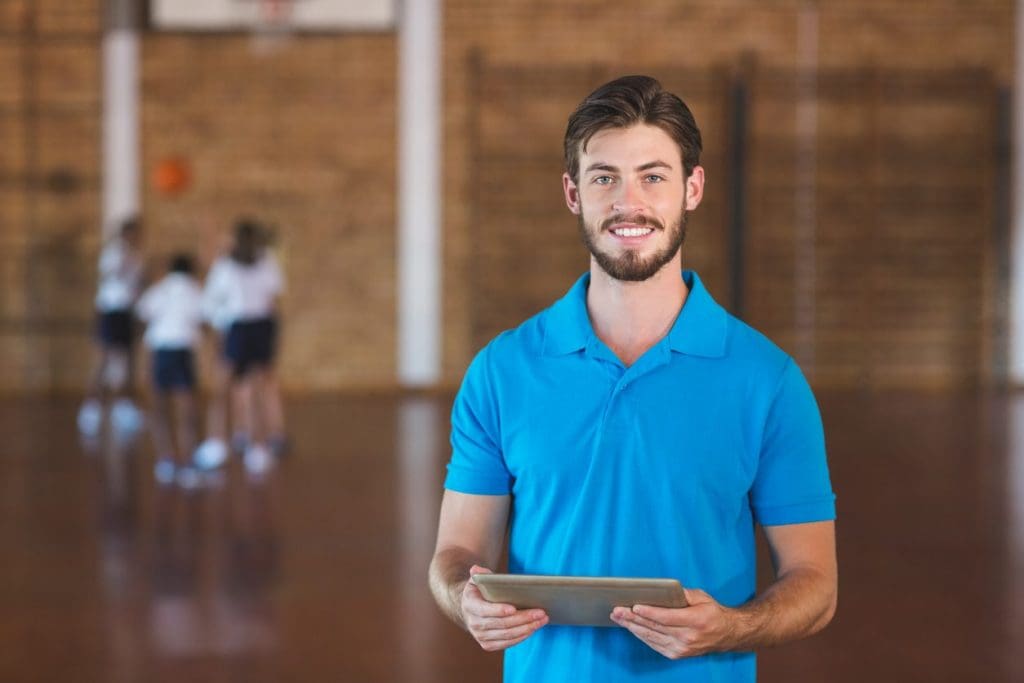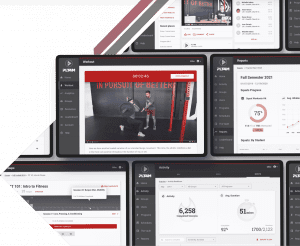Physical Education Curriculums continue to evolve, but one thing remains a constant – motivating students is incredibly challenging. At PLT4M, we have found that what is often cited as a “lack of motivation” is actually a lack of engagement. We explore some of the most popular new topics to incorporate into your PE curriculum.
The Challenge Of Motivating Students in PE
In a recent national survey, Physical Education teachers were asked, “What is the biggest pain point in your day-to-day as a PE Teacher?”
The answer? Student Motivation.
In fact, 50% of teachers ranked student motivation as their number one challenge.
The next closest result? Lack of support from Adminstration with 12%.
So, if motivation is such a universal challenge for today’s teachers, how do we address it?
The Accessibility Issue – Why Students Shut Down In PE
“It’s social media.” “It’s kids these days.” While it is an easy way to explain away the lack of student motivation, it doesn’t actually address what is going on.
For physical education, one of the biggest reasons students shut down is because they are intimidated, embarrassed, or lack the confidence to try the different activities in front of their peers. This is especially true for middle and high school students where the peer pressure to fit in is elevated.
In PE, they see an activity or unit and often imagine everything that could go wrong and quickly process the risk/reward balance.
- Chances I miss the shot, drop the pass, whiff on the ball…high
- Benefit to my overall well being if I do it right…low
- Embarrassment if I do it wrong…high
- Choice? Don’t give any effort.
- So what do we do to shift the mindset for students?
Casting A Wider Net
So what if we introduce a wider range of healthy lifetime activities that students can experiment with?
By exposing kids to different workouts and training activities along with our traditional sport units, we ensure that every student has a chance to find something they enjoy and excel at.
And when kids enjoy and excel at something, motivation and participation soon follow.
Top 5 Topics To Incorporate In Your PE Curriculum
- Foundational Fitness
- Yoga
- Strength Training
- Dance Fitness
- Mindfulness
- Bonus: Pickleball
These topics can engage and motivate student participation while aligning with state and national standards. Better yet, these topics will allow students to explore both the physical and mental components of living a healthy life.
This is certainly not an exhaustive list, and there are countless other topics that can be added to your semester. But for the purposes of this article, let’s explore why these five topics are must-haves in your physical education curriculum.
Get the highlights! Check out this video of Director of Content Doug Curtin breaking it all down!
# 1 Foundational Fitness
# 2 Yoga
# 3 Strength Training
Ready to Learn More?
Schedule a free 10 minute consultation to see how PLT4M can help save you time and empower student learning!
# 4 Dance Fitness
# 5 Mindfulness
Key Takeaways To These 5 Topics
You probably are incorporating many of these topics in your curriculum! But for the topics you are not, do not be afraid to start small.
- Review a foundational movement at the beginning of each class
- Take 5 minutes to practice mindfulness with your students
- Make “Fun Friday’ a chance to dance once a week
As you get more comfortable with new content, you could grow into complete units and semesters worth of these topic areas! Whatever you choose to do, your students will engage with this new exciting material and embrace the fit for life mission!
Bonus! Pickleball
Pickleball drills for physical education serve (pun intended) as an introduction to the basic components of pickleball! These instructional materials aim to provide every student with a foundation in which they can develop their pickleball skills that will eventually lead to fun and successful gameplay. While we know everyone is eager to get right into pickleball games, breaking down and practicing the different elements of pickleball can go a long way!











